What Are Gel Nail Extensions?
While there are several different brands making gel extensions, Apres Gel-X is a favorite among nail artists. The extension itself is a clear overlay made from soft gel that’s already in a nail form, which is attached over the entirety of your natural nail.
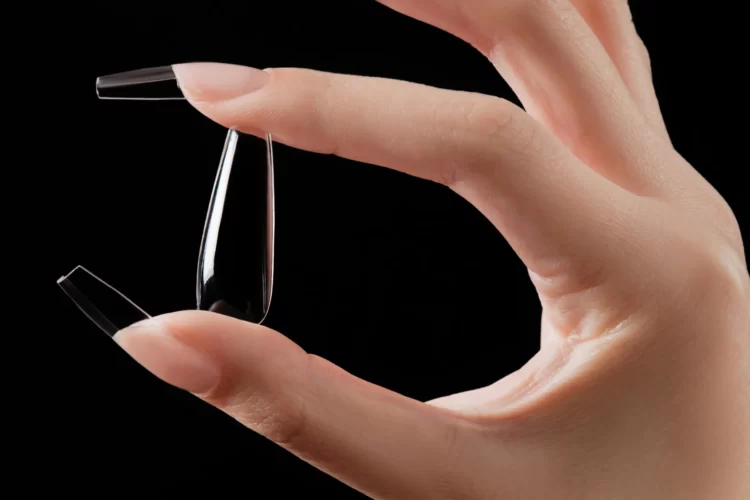
They’re cured with Apres Gel-Xin the same way as a regular gel manicure. The nail forms come in a variety of different shapes (like coffin, stiletto, round, and square) and lengths that can be customized to your liking.
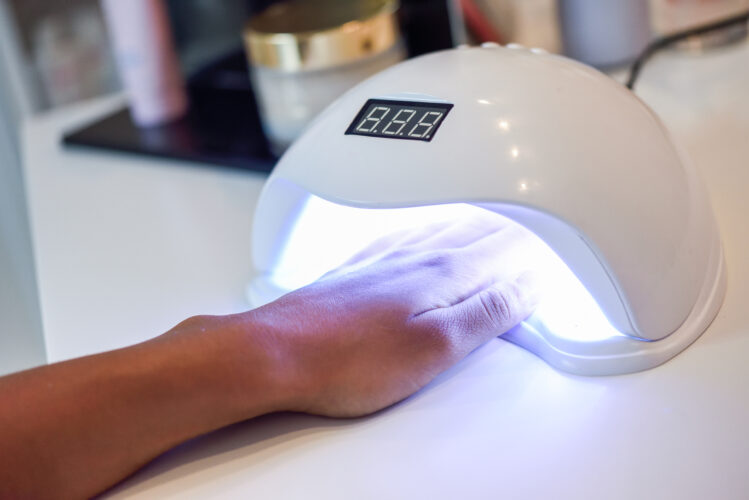
“They are not only thin and lightweight but also durable and strong, which is why they’re so comfortable to wear,” said Tokyo. She also said that pretty much anyone can get a Gel-X manicure since they cover your entire nail all the way to the nail bed. Many people with long nails also wear Gel-X as a protective overlay.
What Are the Benefits of Gel-X?
One of the main reasons people choose Gel-X is for their natural look, and the durability. They’re much thinner than an acrylic nail, and can be shaped to contour to your specific nail shape. Plus, they’re much more gentle on your natural nails because it uses nonacid based products.
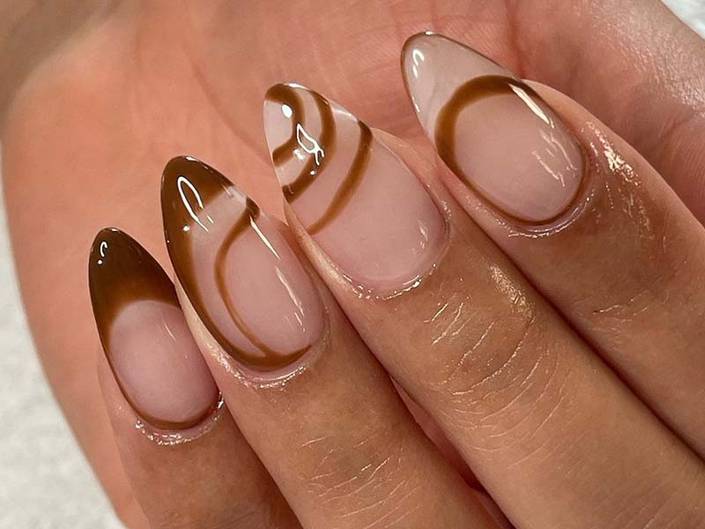
“All of the gel products are made of soft gel, so Gel-X sets can be easily soaked off,” said Tokyo. “And for a nail artist, Gel-X saves us a lot of time — all the hard work of extensions is already done for me.” Depending on the complexity of the nail art you’re getting, you can be out of your Gel-X nail appointment in under an hour.
Why Would You Choose Gel-X Over Acrylics?
While both gel extensions and acrylics can be used to create a similar effect, there are a few key differences. The most important is the application process. With an acrylic application, the nail artist has to mix a liquid called a monomer and a powder polymer to actually mold the top layer of the nail.
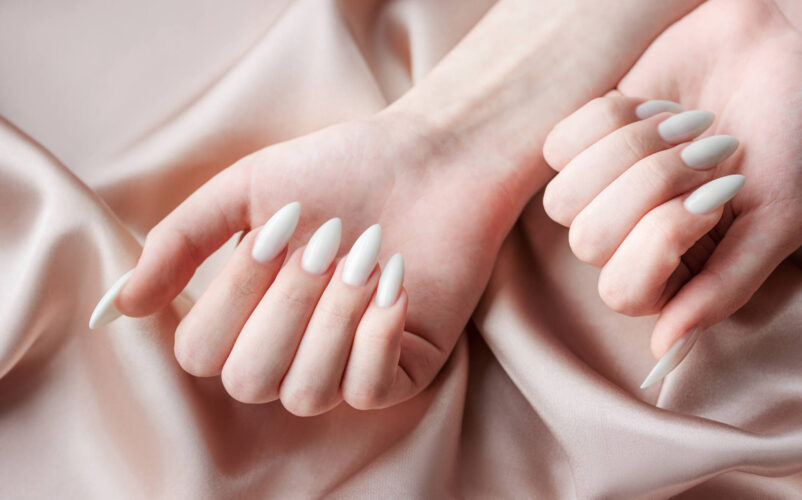
There’s a strong chemical odor and lot of dust that comes with the process, plus some imperfections that come with manually molding the nail. “Gel-X has no strong monomer smell and can be applied quickly and with very little mess,” said Tokyo, and the Gel-X overlays are already shaped.
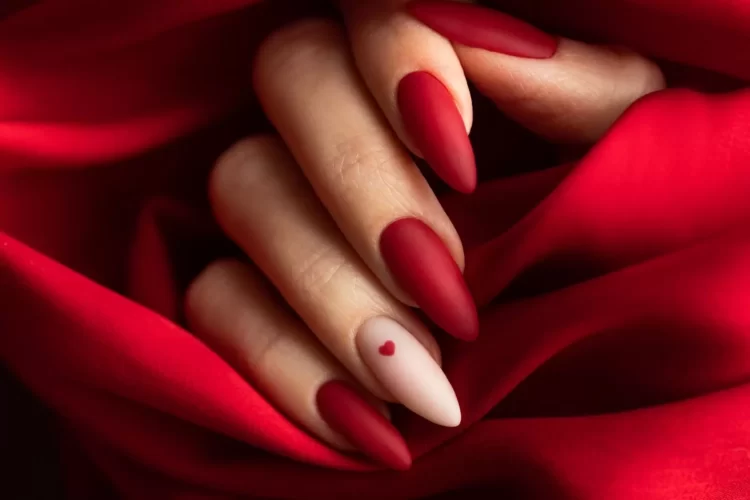
Acrylic nails are also much thicker and harder than gel extensions, which makes them less comfortable to wear. Plus, the removal process is much more labor-intensive with acrylics, and can be damaging to the natural nail since they need to be buffed off, which weakens the nail underneath.
How Are Gel Nail Extensions Applied?
First, the nail technician will do the prep-work of any manicure — filing, cleaning, and buffing. Tokyo then matches the Gel-X forms to each nail, and pre-files them so that they’re perfectly fitted to your nail shape.
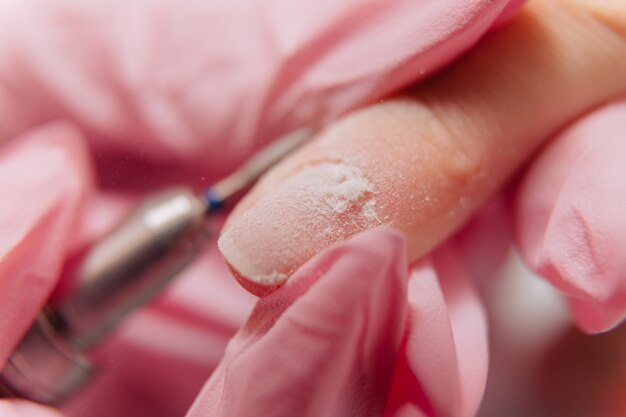
Your natural nail will then get a layer of pH bonder (to dry the nail) and a layer of nonacidic primer to make your nails sticky. Then the natural nail gets a layer of clear gel polish, which cures under the LED lamp for 30 seconds.
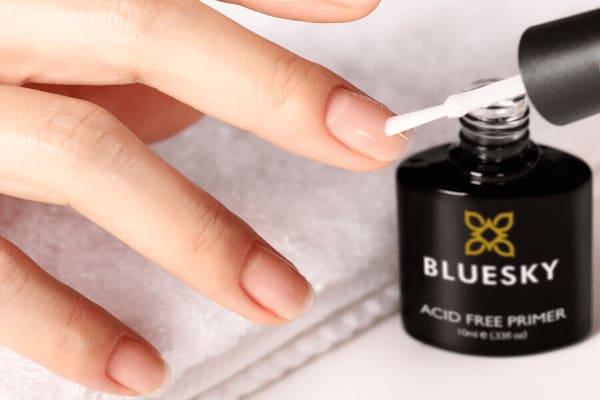
Next up is the application of the actual Gel-X nail form. Tokyo scrubs the underside of the Gel-X tip for better adhesion, then adds a drop of the gel and presses the tip onto the nail at a 45-degree angle. She’ll then flash-cure each nail under the lamp for 15 seconds. Once the whole hand is complete, you’ll fully cure under the LED for 30 seconds. Now it’s time for the fun part — polish.
How Long Do Gel-X Extensions Last?
According to Tokyo, the lifetime of your extensions depends on how well they were prepped and applied. You can expect them to last anywhere from two to four weeks. This will also be dependent on how you use your hands, and how fast your nails grow.

Are Gel Nail Extensions Safe?
Tokyo said that, yes, the Gel-X system is safe as long as the products are properly applied and removed. Of course, in the same way as regular gel manicures, if you decide to peel off your manicure or improperly remove them, you’ll likely see your natural nails weaken over time.
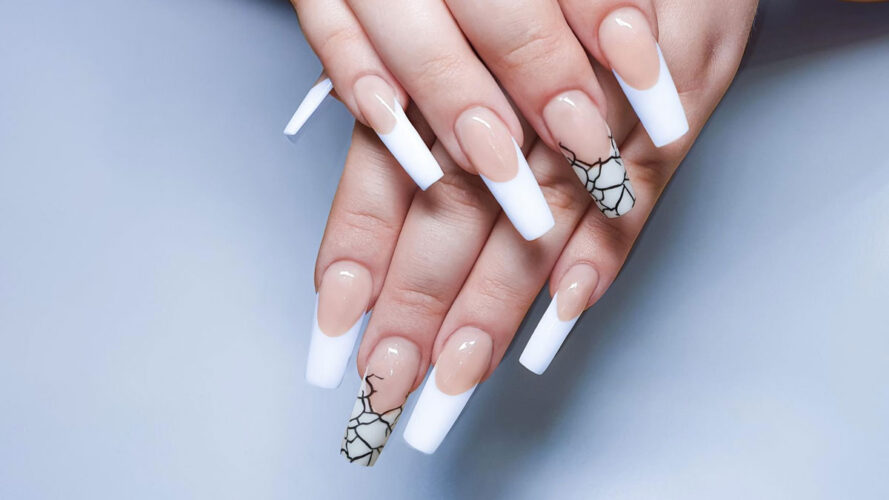
However, overall, gel extensions are considered much safer than acrylic nails since they don’t include harsh chemicals like methyl methacrylate and toluene, or the cloud of dust created in the acrylic process.
Can Gel-X Extensions Cause Allergies?
There have been recent discussions on social between people who have experienced a gel-x nail allergy. This is a potential risk if you are gel curing press-ons and not taking proper precautions. As Corey Weber, owner and creator of TheNailBox.Inc, put it:
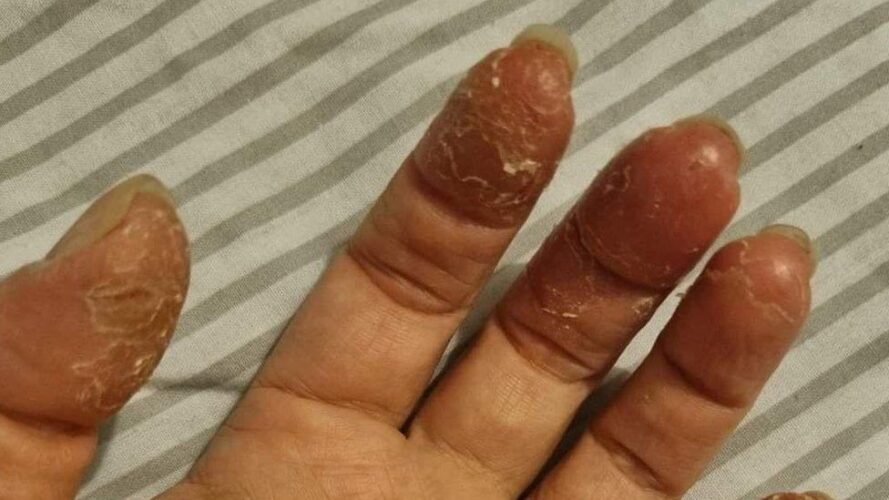
“The most important element with gel curing press-ons is to ensure that the nail is properly cleaned with alcohol and absent of any bubbles during the curing process. If lifting or pockets occur under the press-on, moisture can become trapped and cause a potential infection or ‘greenie,’ which is a bacterial infection.”
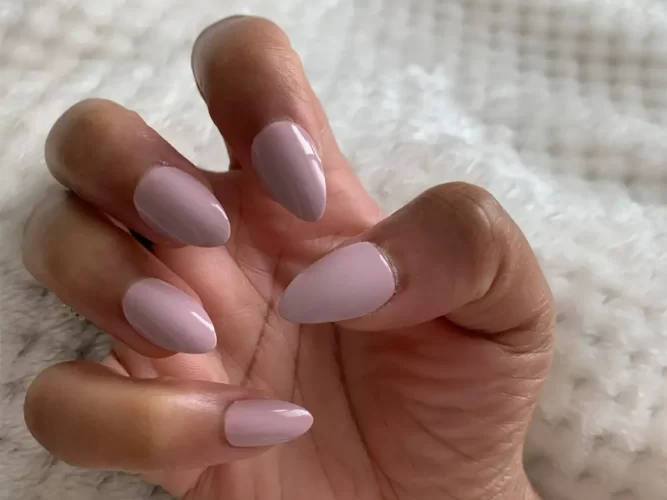
This can also happen on your natural nail if the gel-x color you choose isn’t clear enough, because that makes it difficult for the LED light to penetrate through the press-on to cure the builder gel. This might lead you to develop an allergy to gel nail products if the uncured gel is left on the surface of your nail.
How Do You Remove Gel Nail Extensions?
This is really the beauty of gel nail extensions. “Since they are made from 100 percent soak-off gel, they can be quickly soaked off with acetone,” said Tokyo.
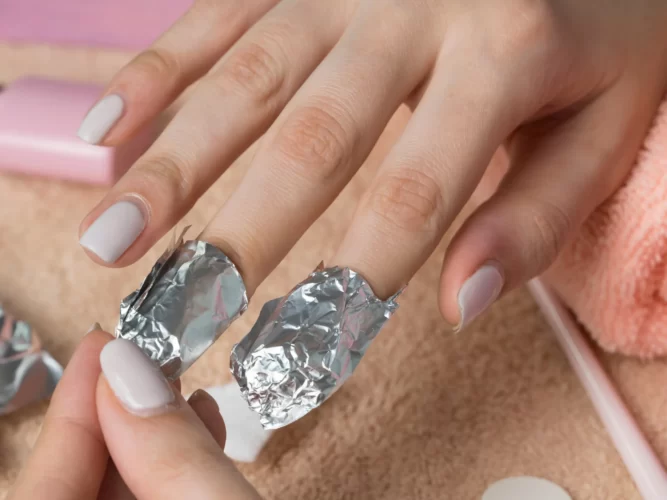
The same way you would remove a gel manicure, the nail tech (or you at home) should file off the bulk of the Gel-X tip and polish, and wrap with an acetone-soaked cotton round. You’ll soak them for about 20 minutes, or until you can easily push off the remaining gel.





